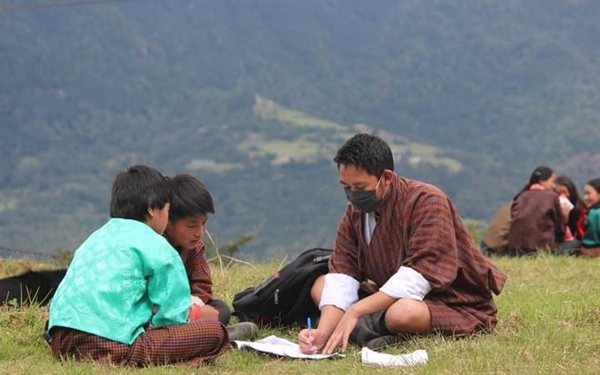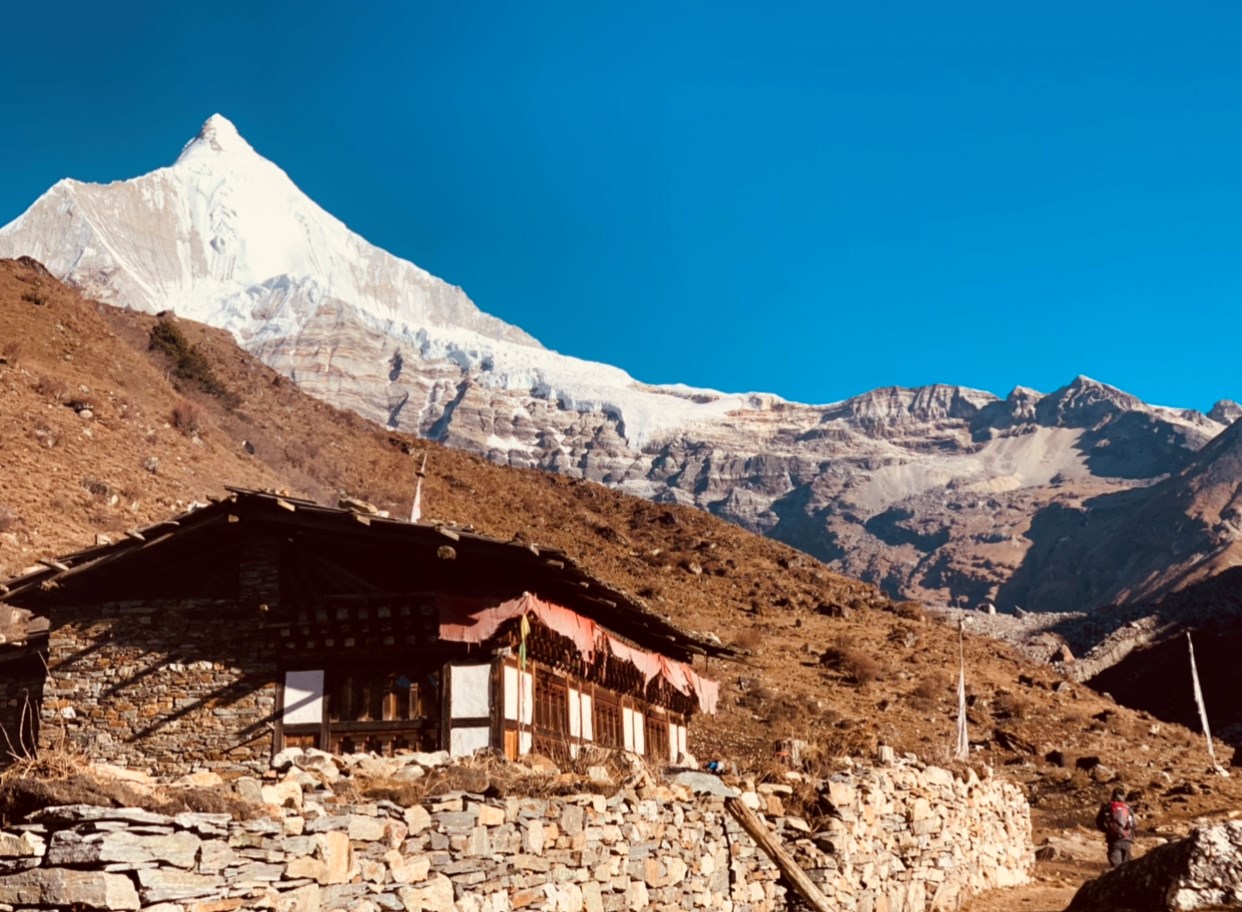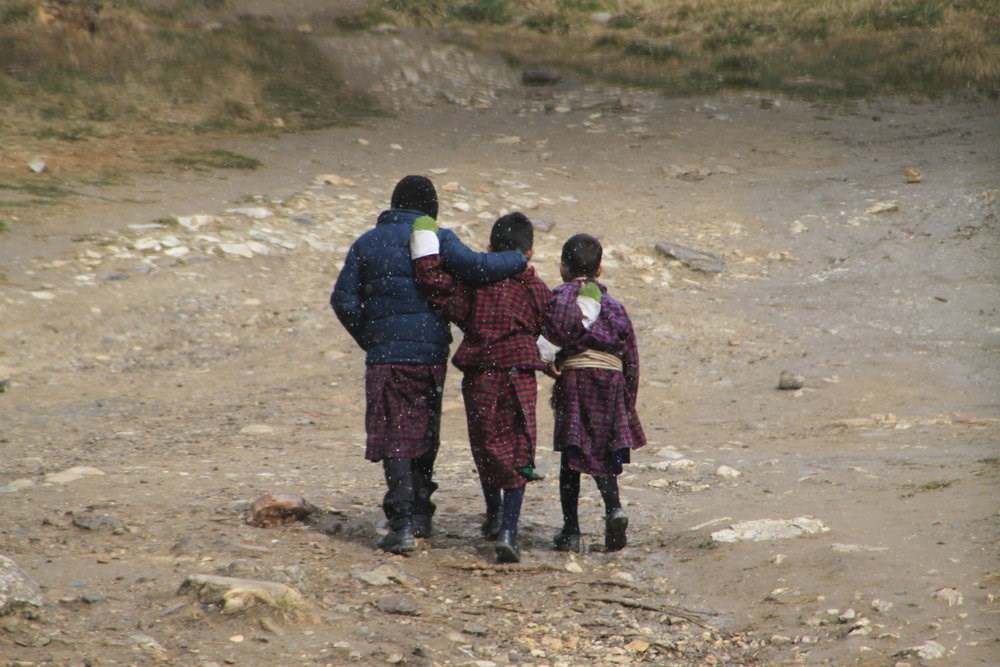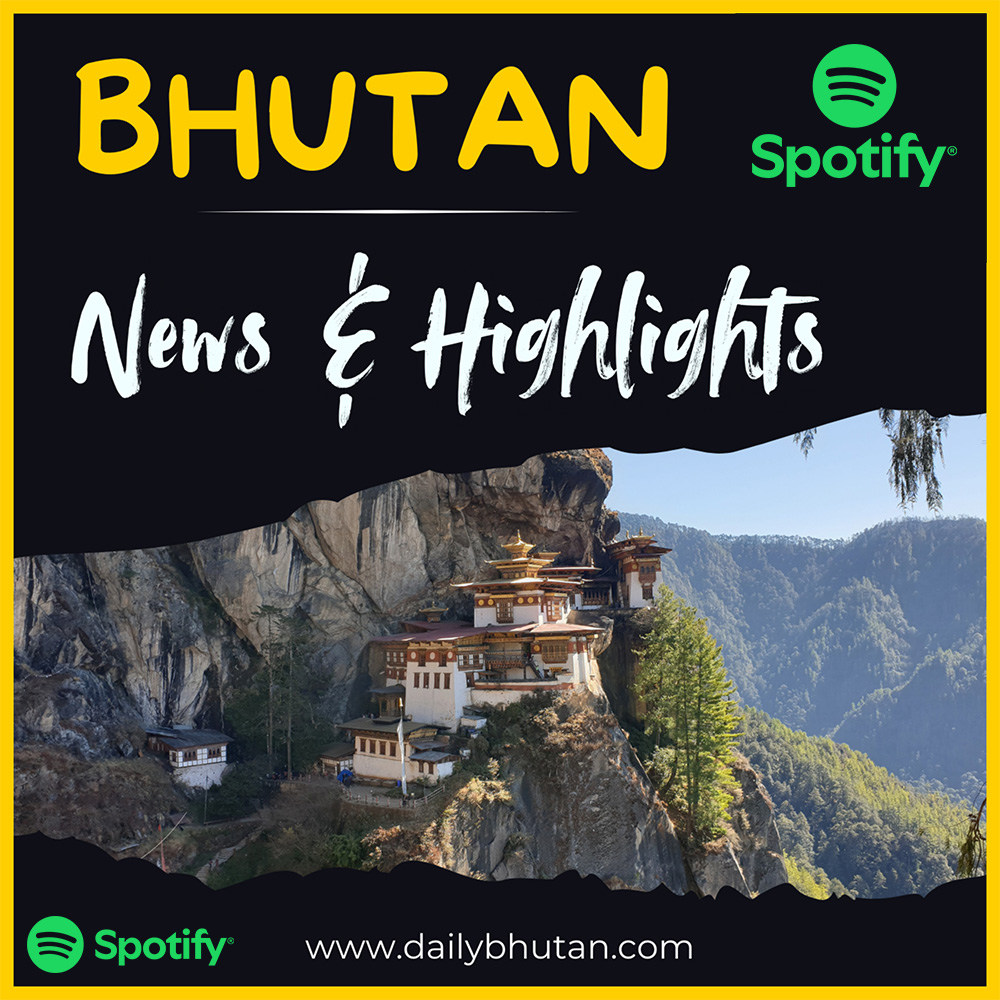The New Normal Education- From one Nomadic Hut to Another
Here is how teachers are stepping up to the call of the children to ensure learning continuity during the COVID-19 pandemic. This is the story of 2 teachers who are teaching in Soe Community Primary School, a school located in one of the remotest highlands in Bhutan.

It's almost time of the year when students around the school across the country look forward to the most awaited WINTER VACATION. During the two months-long winter vacation, students engage in various activities. Students from the urban central mostly engage in boot camps, training, and grooming sessions while for school-goers from rural centre, they will be spending time with their family, help their parents with daily chores and some engage in earning income by taking part in ‘Winter Temporary Jobs’ like orange picking, some in construction work or working in hospitality and service industry.
However, the trend of winter vacation and the education system changed due to the pandemic. For the record, some schools in the highland of Bhutan remained closed for the academic year 2020 due to the pandemic. According to the UN Report, The COVID-19 pandemic has created the largest disruption of education systems in history, affecting nearly 1.6 billion learners in more than 190 countries and all continents. Closures of schools and other learning spaces have impacted 94 percent of the world’s student population, up to 99 per cent in low and lower-middle-income countries.
Reimagining education
Here is how teachers are stepping up to the call of the children to ensure learning continues during the COVID-19 pandemic. This is the story of 2 teachers who are teaching in Soe Community Primary School, a school located in one of the remotest highlands in Bhutan. For the record, the school is one of the smallest education institution with only 12 students. However, this year due to the pandemic the school remained close throughout the year.

Soe is one of the smallest gewog in Bhutan. The community is located at an elevation of 4100 m. One will have to trek for two days to reach Soe from the nearest road point. Many popular trekking routes pass by Soe with Jomolhari (Jangothang Basecamp) being the most popular campsite in Bhutan. The community was rejuvenated only in 2016 and the internet arrived only in early 2019. Today WeChat app is the most popular medium of communication used by many locals including teachers and few students.
When the writer asked the principal the strategy they used to teach students while the school remained close, Principal Tshering Dorji shared that his colleague and he went from one hut to another to reach out to their students. Since the students hail from the nomad community, the reason why teachers decided to go on field visits was due to the inaccessibility of electricity and internet connection.
Although the hut-to-hut session would turn out to be a rewarding educational service, the teachers were faced with severe challenges like walking for half a day to reach just one hut, not knowing where the students are residing on mountains.
Today some educators and parents fear that the lack of e-learning facilities and services at the remote part might bring differences between the urban children and the rural students.
On a positive note, this crisis has stimulated innovation within the education sector. Bhutanese have seen innovative approaches in support of education and training continues from radio, mobile phones, and television to take-home packages. For many teachers, it was their first experience. They adapted to google classroom. They created group chats on all social media platforms accessible to children and parents. They made home visits and served as front line volunteers for now.






